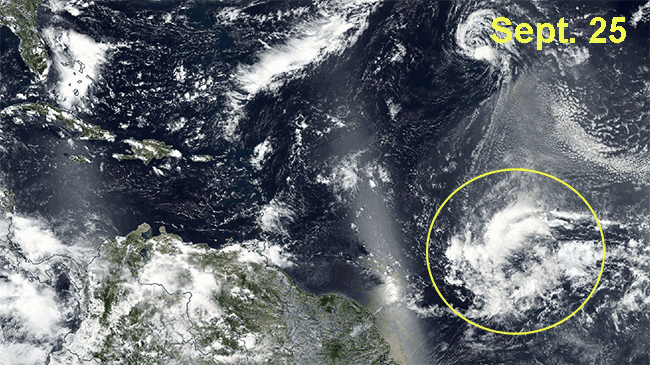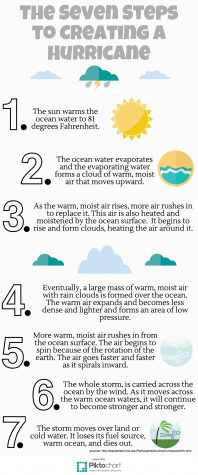Another natural disaster has broken apart communities in the southeast portion of the United States.
On Oct. 8, Hurricane Matthew made landfall on the South Carolina coast after coming near Florida the previous day.
At its peak, Hurricane Matthew was a category five hurricane, sustaining wind speeds over 157 mph.
According to the National Hurricane Center, category five hurricanes create lasting power outages, damage, and leave an area uninhabitable for weeks or months.
In South Carolina, the damage has been widespread.
South Carolina Gov. Nikki Haley, who has been praised for her effective response to the hurricane, said, “We’re not seeing as much structural damage, which is the good news of that, as much as we’re seeing flooding.”
As the death toll in the United States rises to 36 dead, politicians and public workers are working to prevent further loss of life.
“Our state continues to make progress responding to the devastation from Hurricane Matthew but dangerous conditions persist. We will continue doing everything possible to fight for all available resources to help people recover…I’m distraught about the loss of life. Our priority is to make sure we have no more loss of life,” said Gov. Pat McCrory of North Carolina in regards to the destruction of his home state.
Hurricanes do not typically hit California, but other natural disasters such as earthquakes are common and have occurred in the past.
Katie Fetterman, a junior, said, “I remember there was an earthquake last summer. I woke up and the whole room was shaking which was scary. I can’t imagine what people in the aftermath of the hurricane have to face.”
Disaster relief is still going on, and state governments hope to have coastal towns cleaned up as soon as they can.




